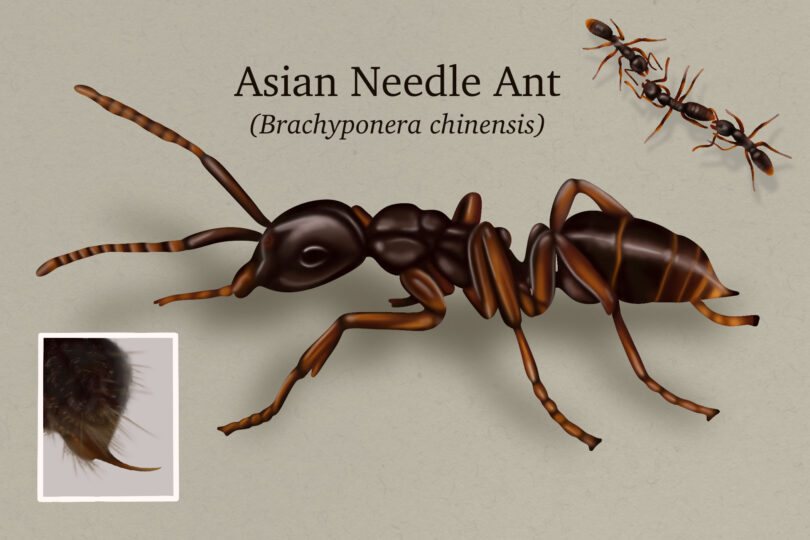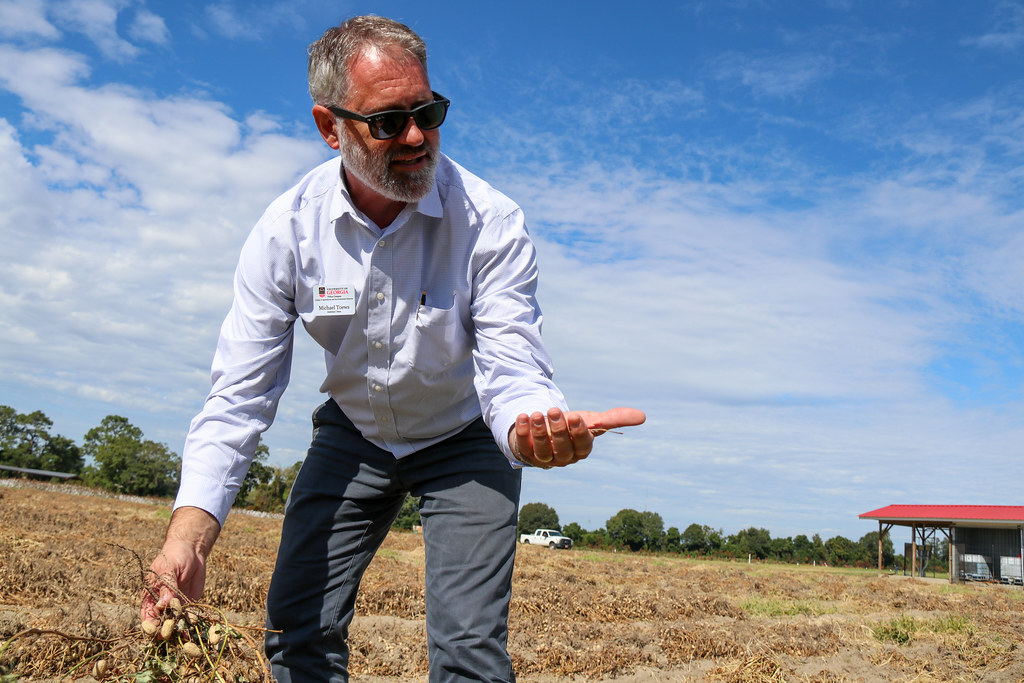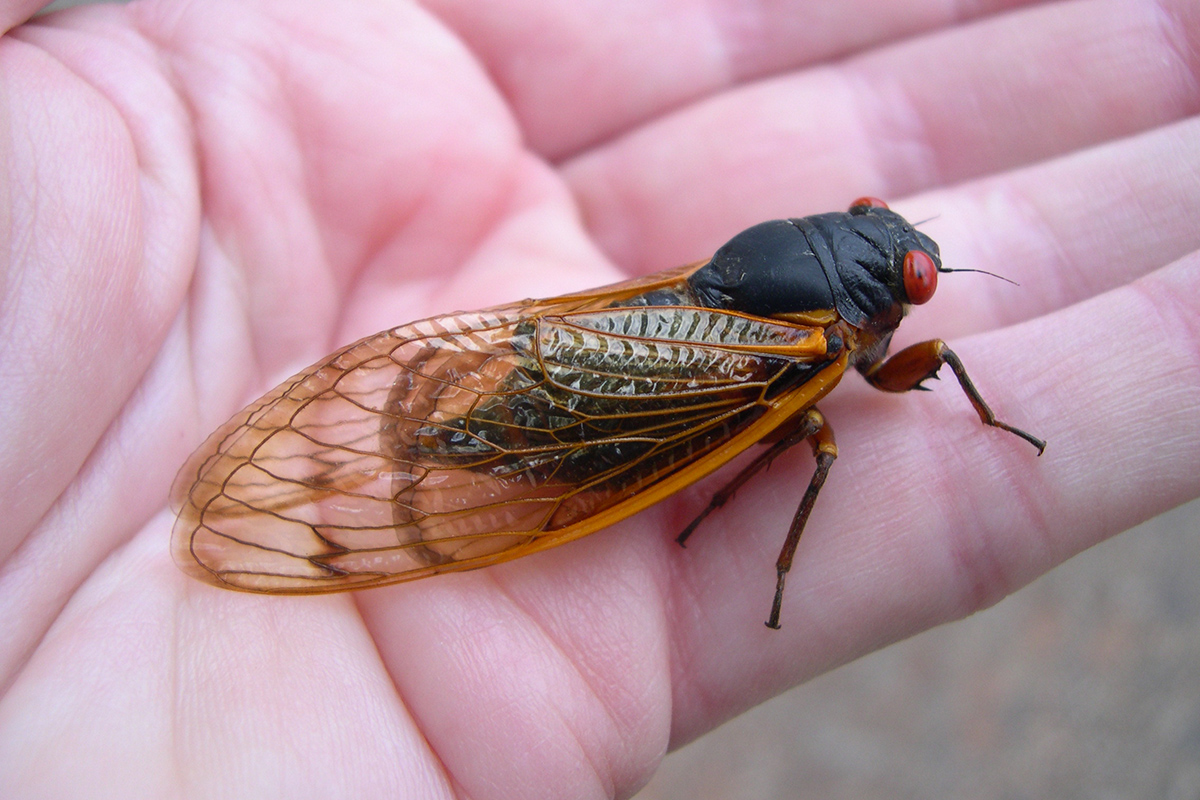
The headlines are rolling in: “Trillions of cicadas set to emerge …”, “Homeowners call police over noisy cicadas …”, “How to cook cicadas …”
There is no doubt about it: The periodical cicadas have arrived.
“Brood XIX (Brood 19) is Georgia’s only 13-year cicada. The Great Southern Brood is the largest periodical cicada brood in North America, covering at least a dozen states in the Southeast,” said Nancy Hinkle, professor in the Department of Entomology at the University of Georgia College of Agricultural and Environmental Sciences (CAES). “This year, millions of periodical cicadas are emerging in Georgia from now until Memorial Day.”
A cicada is a cicada … Right?
While annual cicadas are a common sight — or sound — each summer around much of the country, periodical cicadas are found only in the Eastern U.S. During their last emergence in 2011, Brood XIX cicadas were verified in 75 of Georgia’s 159 counties.
The periodical insects, more closely related to aphids than locusts, have black bodies, red eyes and translucent, orange-tinted wings. Annual cicadas are larger, typically have green bodies with black eyes, and emerge later in the season.
“These cicadas are perfectly harmless. They cannot bite or sting and they are not poisonous, nor can they transmit any diseases,” Hinkle said. “They are harmless to plants, except very small trees that have been planted this year — so don’t plant any trees before June 1.”
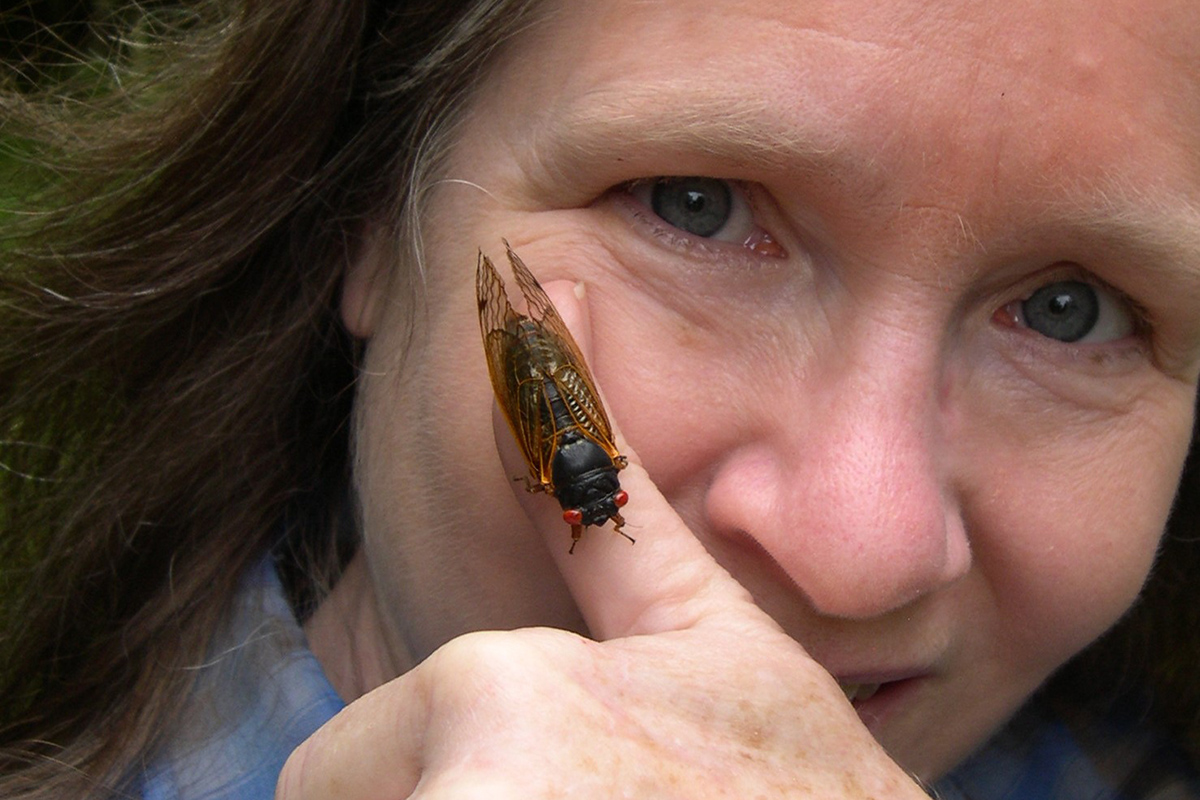
From underground hideaways to treetop serenades
The periodical cicadas emerging this month began their journey in 2011. The nymphs have spent 12 years and 11 months below ground, sucking sap and gaining nutrients from tree roots. After nearly 13 years underground, the cicada nymphs will all emerge from the soil within one month.
How do they know to emerge all at once?
“The wild thing is that no one really knows,” Hinkle said. “But such massive numbers maximize their chances of finding a mate and also guarantees that predators cannot possibly eat them all, ensuring some survive to reproduce.”
Researchers do know that the typical periodical cicada will live as an adult for mere weeks — the majority will emerge by mid-May and nearly all will be dead by the first week of June.
After emerging at night to avoid predators, the nymphs climb tree trunks, hooking their claws into the bark. The skin along their back splits and the adult emerges through this slit, leaving behind the hardened exoskeletons, much to the delight — or disgust — of children and adults alike.
“The newly emerged adult cicada will spread its wings. Once the wings dry, the cicada is able to fly. By daylight, most of them are flying up into the treetops,” Hinkle said. “As the sun warms them, the males begin to sing in an effort to attract a female.”
Once they mate, female cicadas move to the end of tree branches where they deposit their eggs under the flexible tree bark. Soon after, all adult cicadas die.
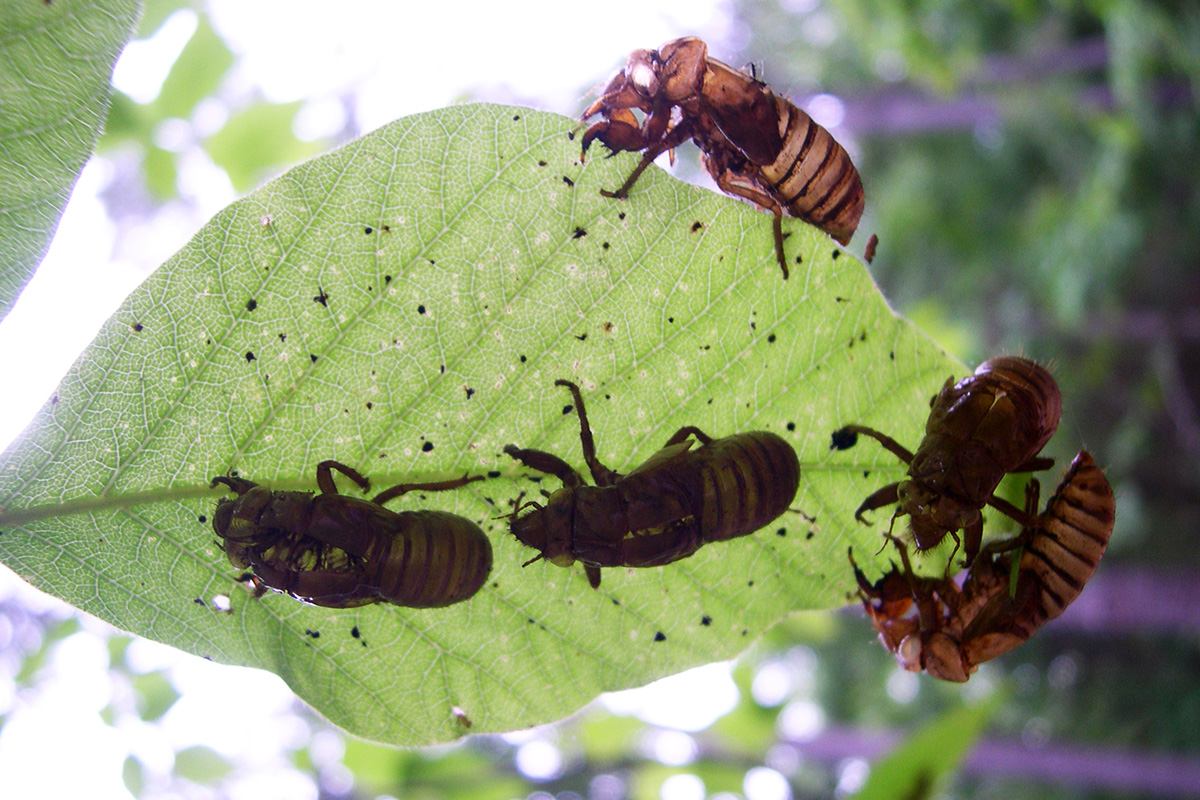
“Bodies of dead cicadas fall into lakes to feed fish and to the ground to nourish wildlife; those not consumed will decompose and fertilize the soil,” Hinkle said.
The egg-laying process often leads to flagging, where damage to the tips of tree branches causes leaves to die, Hinkle reiterated that residents have nothing to worry about.
“In fact, it is beneficial to the tree — it’s like nature’s pruning service,” she said. “Next winter there will be less risk of ice damage because the weak branch tips have been removed.”
A month or so after the adult periodical cicadas have left the landscape, the cicada eggs will hatch. A new generation of cicada nymphs will emerge from under the bark and fall to the ground, where they will burrow into the soil, find a tree root and begin sucking root sap, waiting for their moment to arrive more than a dozen years later.
The benefits of periodical cicadas
While few may go so far as to test one of the many cicada recipes emerging on the internet — Hinkle does liken them to a soft-shell crab — she urges the public to tolerate, and even perhaps learn to enjoy, the insects’ short stay above ground.
“Periodical cicadas are not pests, and there is no need to attempt to control them. Again, most of them will be dead within a few weeks and they can be very beneficial while they are here,” Hinkle said. “Use this opportunity to teach your kids and grandkids about how cicadas aerate the soil, recycle nutrients and foster environmental health.”
To see more of Hinkle's expertise, visit newswire.caes.uga.edu. Learn how to harvest, store and prepare food from the Brood XIX emergence at extension.uga.edu/foodscience.




